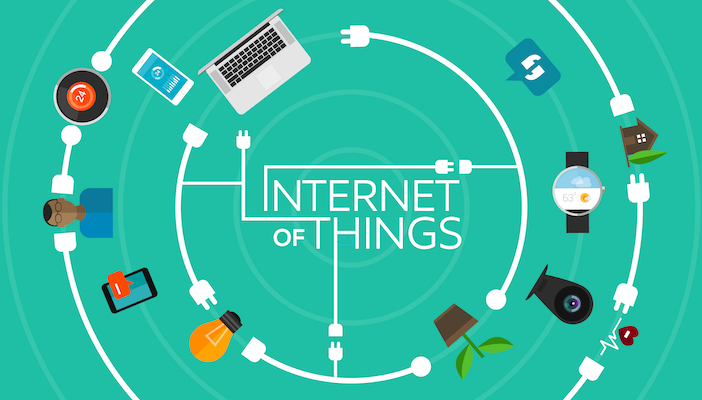The Internet of Things (IoT) is now a common phrase used within the enterprise. Countless articles have been published regarding this topic, not to mention all of the social media posts touting the hashtag, #IoT. According to Gartner, the Internet of Things is no doubt a growing and ever-evolving form of technology. In fact, Gartner estimates that by 2020, there will be 25 billion Internet-connected things and consequently, a $2 trillion global economic benefit. Consumers are not the only ones to be impacted by this exponential growth in the IoT sector, as Gartner predicts that the largest spending will come from enterprises. Jim Tully, vice president at Gartner, stated that IofT will transform many enterprises into digital businesses.
Examples of Enterprises Using IoT Today
Even though the IofT market is still in the infancy stage, many organizations have already jumped on new technologies. For example, one company uses iBeacon technologies to track customers entering their gyms and using the information to prompt customers to bring their friends. Disney is yet another example of how an enterprise is integrating technology. With the MagicBand, Disney World visitors can check-in, buy food and obtain fast passes. Disney benefits by collecting the data to track visitors’ movement through the park and can identify the popular areas.
Internet of Things & Your Enterprise
The Internet of Things, as well as its associated machine-to-machine communication, has already permeated the consumer market, with at-home sensor devices, wearables and other technologies. This trend is beginning to spill over to the enterprise. Managed mobility will become an even more important area within the organization, which means planning must start now. Questions will need to be answered concerning the enterprise network, bandwidth and, of course, IoT device management. If the IT department is already stretched trying to manage mobile devices, this influx of new things will be a heavy burden to bear.
There are managed mobility solutions available, including Softeligent, which can help ease the strain on the IT department. For example, Softeligent is a Software-as-a-Service (SaaS) solution that can tag, track, monitor and inventory IoT devices. In addition, this type of solution can also handle work orders and cost center allocations. You will know what devices your enterprise owns, the costs associated with them and IT tickets generated by employees.
Make sure your enterprise is prepared to manage new technology and overcome challenges before they happen. For information about our telecom expense management solution, or a free quote, fill out our contact form today.

